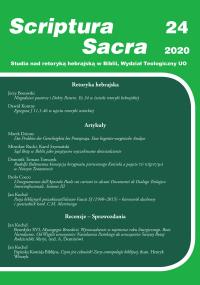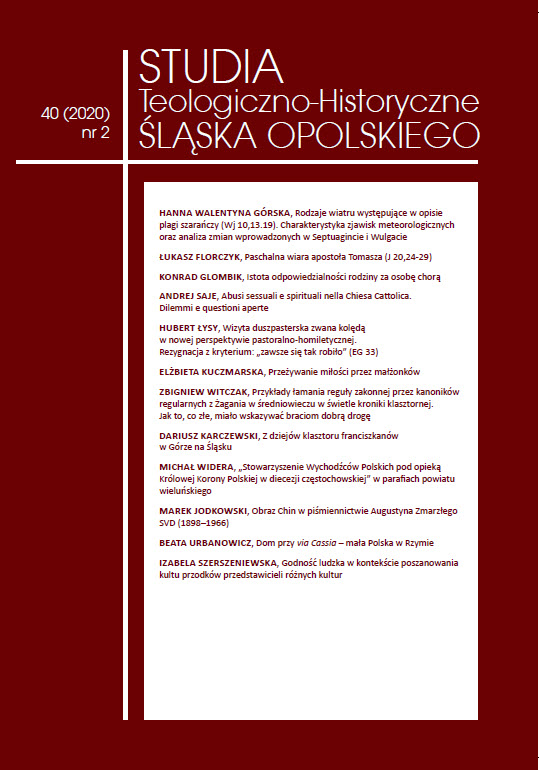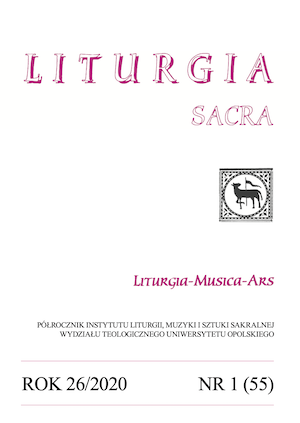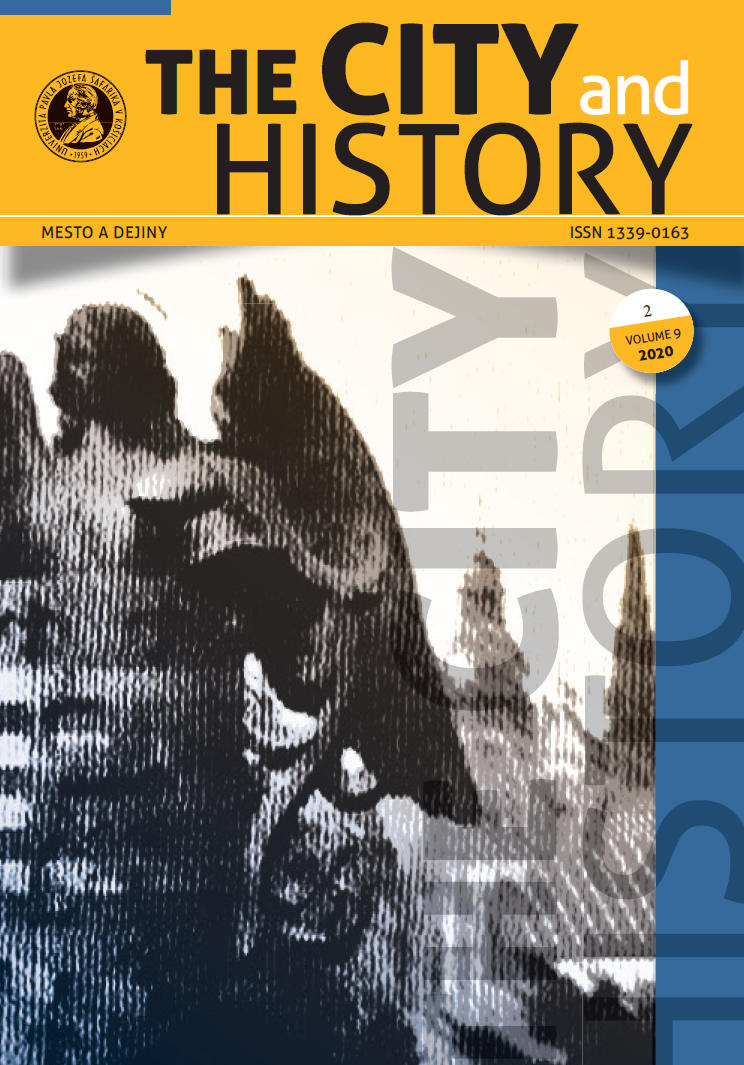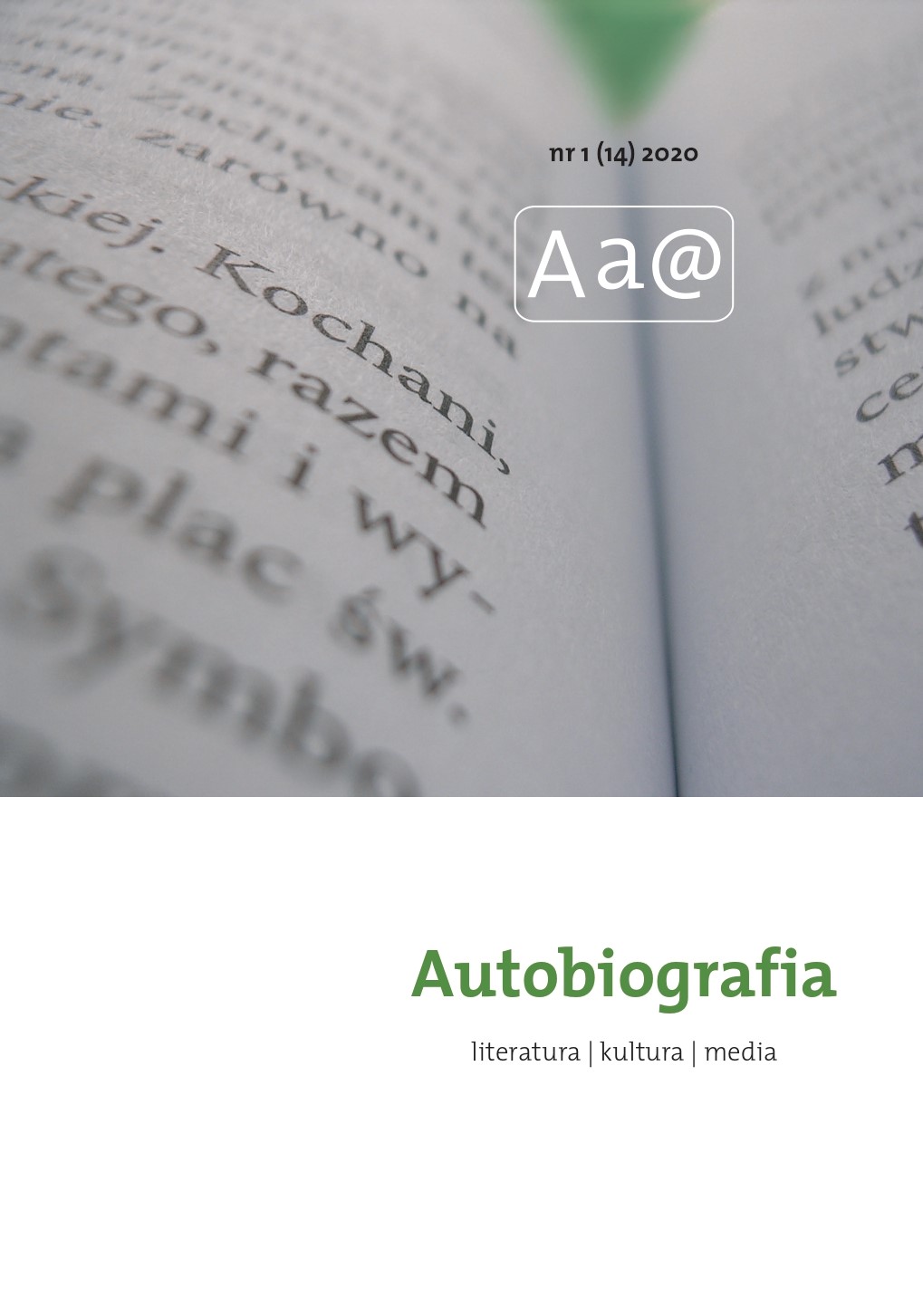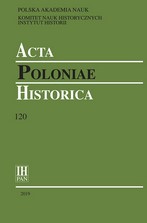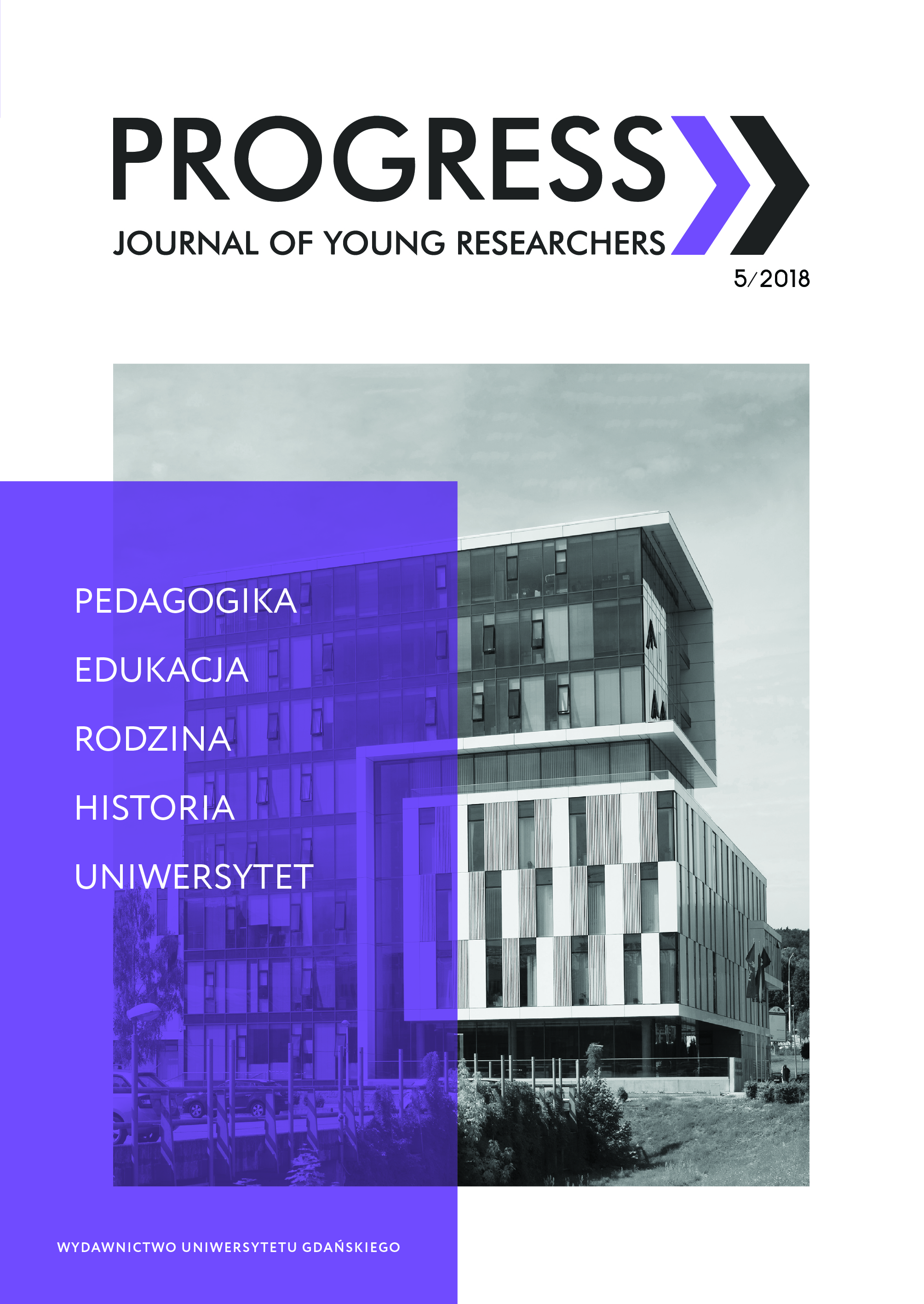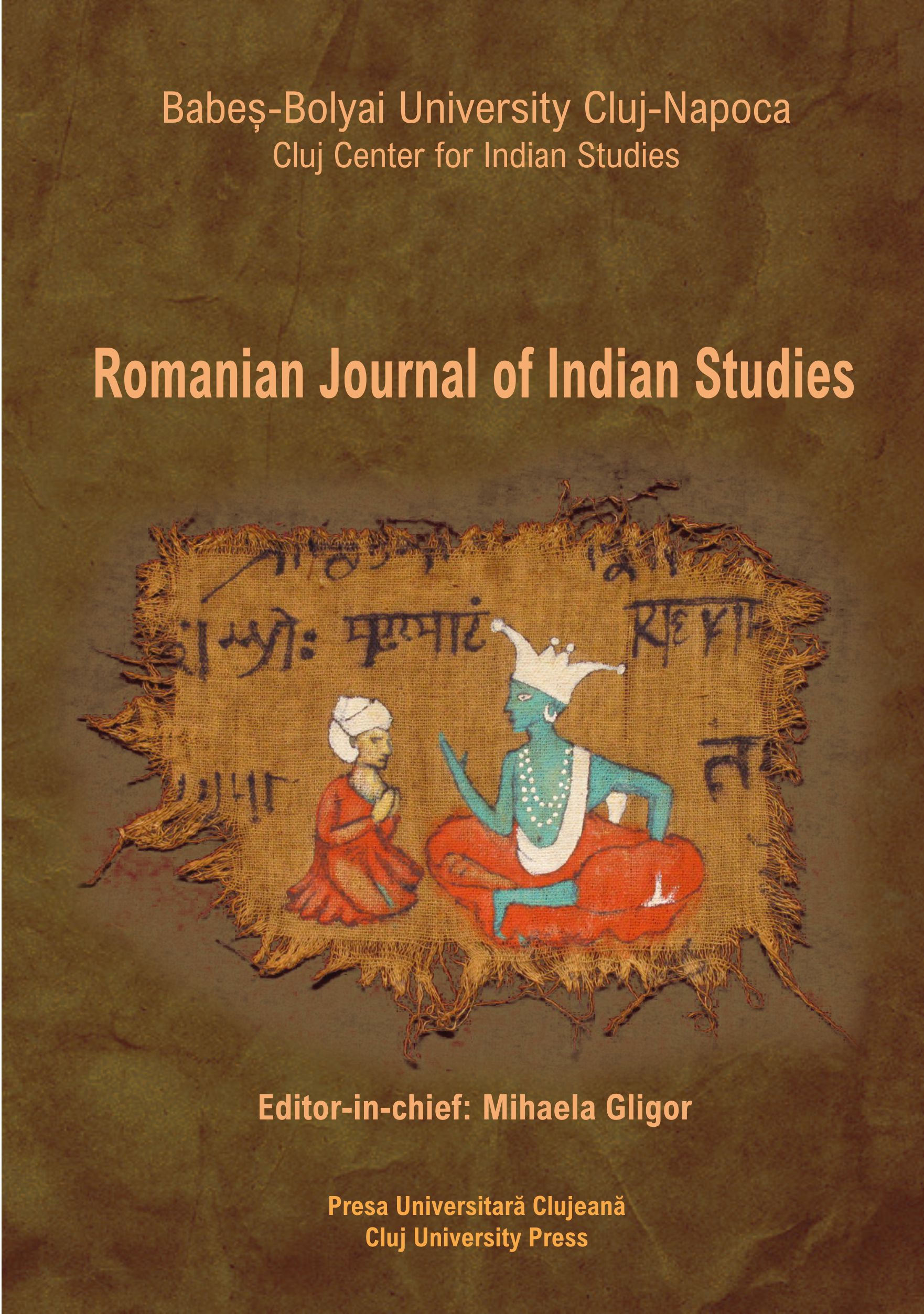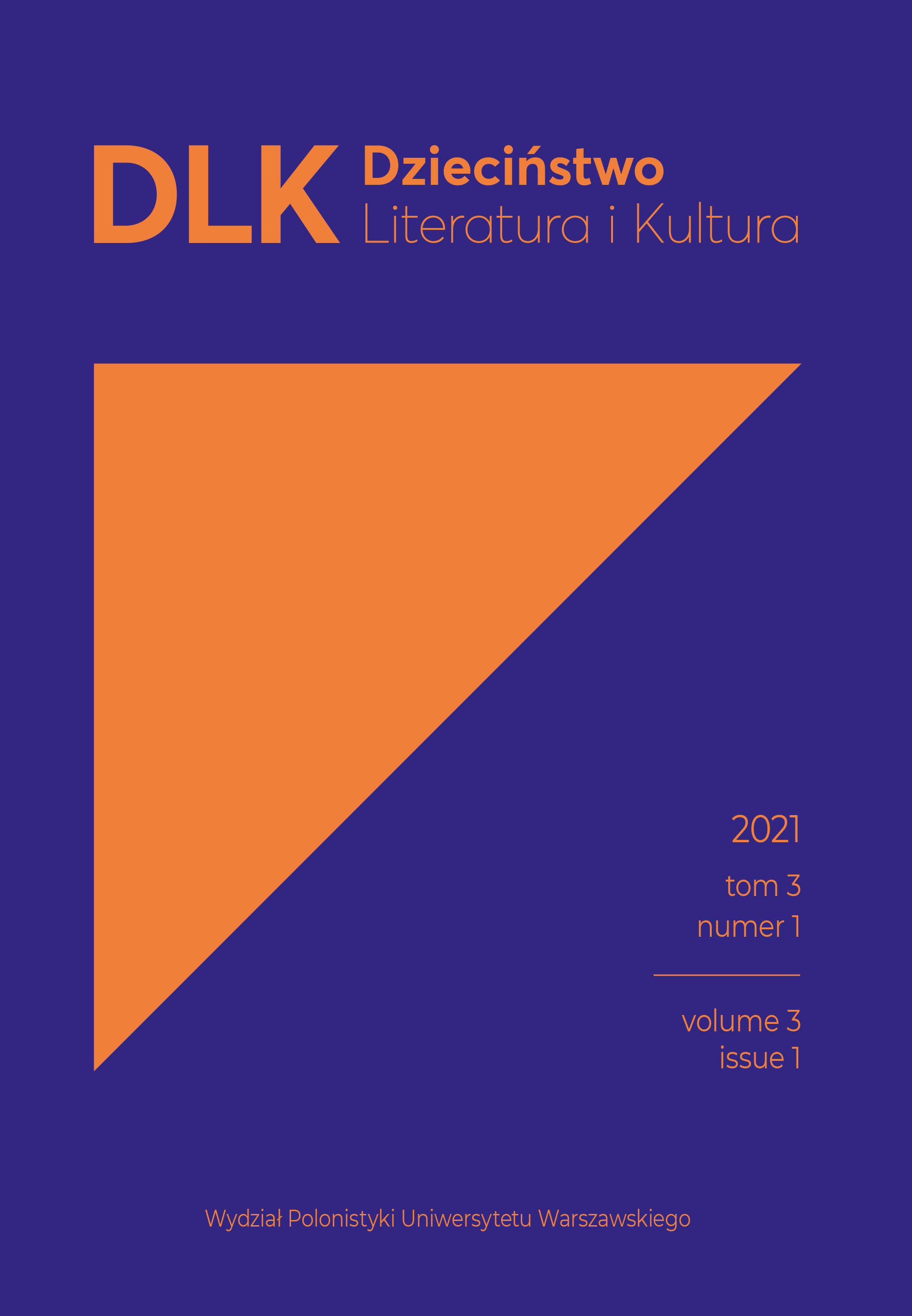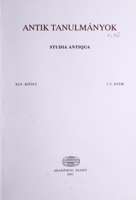
KÖNYVSZEMLE
RIMÓCZI-HAMAR MARTA: HORATIUS, VERGILIUS ÉS MAECENAS. Barátság és hűség Augustus Rómájában. Apollo Könyvtár 20. Akadémiai Kiadó, Budapest 2000. 177 lap. FARKAS ZOLTÁN—HORVÁTH LÁSZLÓ—MAYER GYULA: ÓGÖRÖG OLVASÓ- ÉS GYAKORLÓKÖNYV. TypoTEX Kiadó, Budapest 1998. 200 lap. Ugyanazok: Ógörög olvasó- és gyakorlókönyv. Másodikjavított kiadás. TypoTEX Kiadó, Budapest 1999. 203 lap. JOHANN COOK: THE SEPTUAGINT OF PROVERBS. JEWISH AND/OR HELLENISTIC PROVERBS? CONCERNING THE HELLENISTIC COLOURING OF LXX PROVERBS. Leiden—New York—Köln 1997. XX + 391 lap. PARADISE INTERPRETED. REPRESENTATIONS OF BIBLICAL PARADISE IN JUDAISM AND CHRISTIANITY. Ed. by GERARD P. LUTTIKHUIZEN (Leiden—Boston—Köln 1999 Brill) (Themes in Biblical Narrative Jewish and Christian Traditions) 208 lap. TH. BAIER: WERK UND WIRKUNG VARROS IM SPIEGEL SEINER ZEITGENOSSEN. Von Cicero bis Ovid. (Hermes Einzelschriften 73. Stuttgart 1997.) 208 lap. OVID. WERK UND WIRKUNG. FESTGABE FÜR MICHAEL VON ALBRECHT ZUM 65. GEBURTSTAG. Hrsg. Von WERNER SCHUBERT I—II. Frankfurt 1999. (Studien zur Klassischen Philologie 100.) 1220 lap. RHIANNON ASH: ORDERING ANARCHY. ARMIES AND LEADERS IN TACITUS’ HISTORIES. London 1999. X + 246 lap. STEPHEN HINDS: ALLUSION AND INTERTEXT. DYNAMICS OF APPROPRIATION IN ROMAN POETRY. Cambridge University Press, Cambridge—New York—Melbourne 1998. 155 lap.
More...
